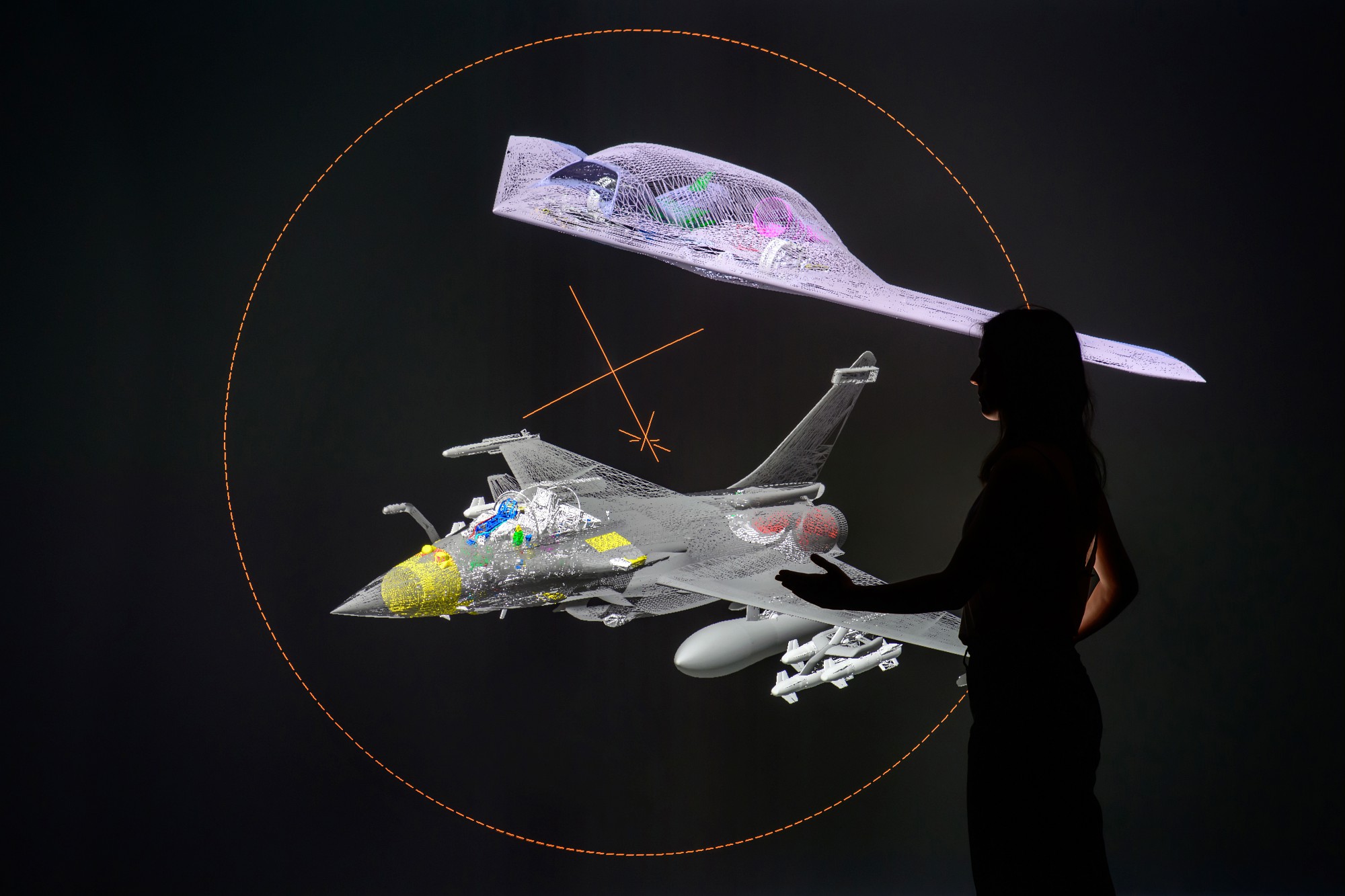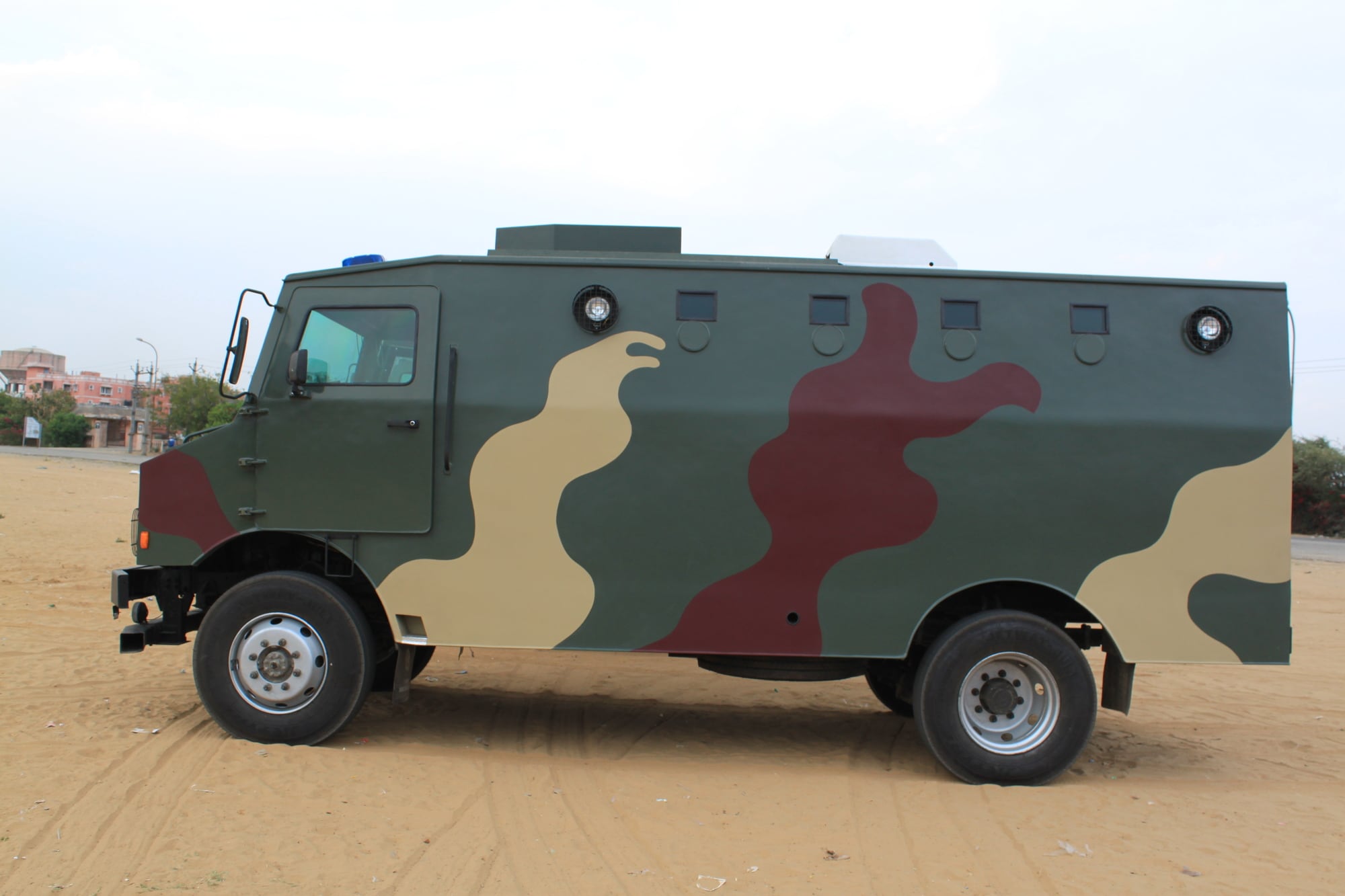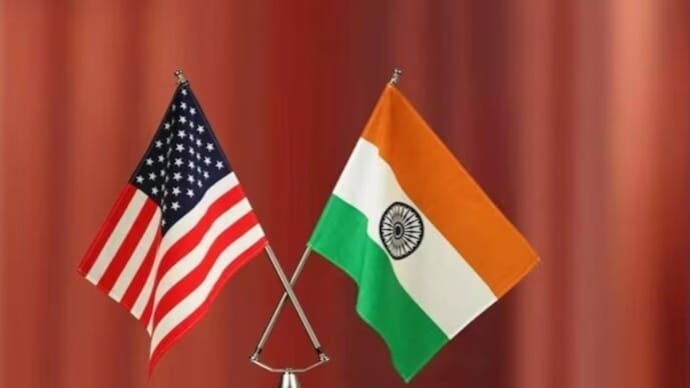SOURCE: IDRW.ORG TEAM

Éric Trappier, Chairman and CEO of Dassault Aviation, has expressed concerns over the company’s supply chain disruptions, which are impacting the production of both Falcon business jets and Rafale fighter aircraft. In a recent press conference, Trappier highlighted shortages in production lines due to inefficiencies among certain suppliers, particularly in the aerostructure sector. These challenges have introduced risks to delivery timelines and customer support operations.
To mitigate these issues, Dassault Aviation is implementing a combination of internal and external measures aimed at improving supply chain resilience and anticipating potential supplier shortcomings.
Continue readingSOURCE: IDRW.ORG TEAM

The High Energy Materials Research Laboratory (HEMRL) in Pune is at the forefront of developing innovative protection systems for armoured vehicles. The laboratory is currently focused on designing and developing a hard-kill type futuristic tank protection system to safeguard armoured vehicles against incoming threats.
A crucial aspect of this development involves understanding the complex interaction between blast waves and incoming projectiles. To achieve this, HEMRL is undertaking extensive research to develop sophisticated mathematical models and conduct Computational Fluid Dynamics (CFD) simulations. These simulations will accurately predict the behavior of blast waves as they encounter moving bodies, analyzing how these waves influence projectile trajectories and cause structural damage.
Continue readingSOURCE: AFI

As Indian External Affairs Minister S. Jaishankar prepares to meet U.S. Secretary of State Antony Blinken, fissures in the India-U.S. relationship have resurfaced, particularly over India’s ties with Russia. The timing is critical, given recent developments that have the potential to strain bilateral relations further.
One of the primary points of contention is the sale of the General Electric F-414 engines to India, which includes an 80% transfer of technology (ToT). This deal is crucial for India’s defense modernization and indigenous fighter jet programs. However, reports suggest that the U.S. might slow down the approval process for this sale, raising alarms within India.
Continue readingSOURCE: AFI

In a significant move to boost the country’s Earth observation (EO) space economy, the Indian National Space Promotion and Authorisation Centre (IN-SPACe) has announced a Public-Private Partnership (PPP) initiative. Through an Expression of Interest (EOI) released on July 25th, IN-SPACe is inviting Indian companies to participate in the design, construction, and management of a space-based EO system.
This project represents a major leap forward for India’s space industry. Selected Indian entities (Non-Governmental Entities or NGEs in space terminology) will have the opportunity to design, build, and launch a constellation of satellites equipped with advanced imaging technologies. These satellites will operate in Low Earth Orbit (LEO) and carry a combination of sensors, including panchromatic, multispectral, hyperspectral, and microwave capabilities.
Continue readingSOURCE: AFI

General Upendra Dwivedi, the Chief of Army Staff (COAS), recently visited the forward locations of the Chinar Corps along the Line of Control (LoC) to review the security situation. During his visit, General Dwivedi interacted with the commanders and troops stationed in these strategic positions, demonstrating his commitment to understanding and addressing the challenges faced by the soldiers on the ground.
General Dwivedi’s visit to the LoC comes at a crucial time, given the persistent tensions and the strategic importance of the region. He conducted a thorough review of the current security measures and operational readiness of the Chinar Corps. The COAS’s presence and direct engagement with the troops serve to boost morale and provide firsthand insights into the operational dynamics at the front lines.
Continue readingSOURCE: AFI

A significant leap in India’s naval aviation capabilities was marked today with the commissioning of the Naval Aircraft and Ship Instrumentation (NASI) complex and the Airborne Weapon and Sensor Integration Lab (AWSIL) by Flag Officer Naval Aviation at the Naval Flying Training School (NFTS), Hansa.
This state-of-the-art complex is set to revolutionize flight testing by providing a comprehensive platform for the development and integration of advanced systems. The NASI complex will play a pivotal role in enhancing the operational efficiency and combat readiness of the Indian Navy’s aircraft fleet.
Continue readingSOURCE: PTI

US Senator Marco Rubio on Thursday introduced a bill in the Congress which proposes to treat India on par with its allies like as Japan, Israel, Korea and NATO allies regarding technology transfers, support India in its response to growing threats to its territorial integrity and bar Pakistan from receiving security assistance if it is found to have sponsored terrorism against India.
“Communist China continues to aggressively expand its domain in the Indo-Pacific region, all while it seeks to impede the sovereignty and autonomy of our regional partners. It’s crucial for the U.S. to continue its support in countering these malicious tactics. India, along with other nations in the region, is not alone,” Rubio said after he introduced the U.S.-India Defense Cooperation Act in the Senate.
Continue readingSOURCE: PTI

India on Thursday rejected Washington’s concerns over Prime Minister Narendra Modi’s recent visit to Moscow as it asserted that all countries have the “freedom of choice” in a multipolar world and everyone should be mindful of such realities.
External Affairs Ministry spokesperson Randhir Jaiswal said India has a long-standing relationship with Russia which is based on “mutuality” of interests.
Continue readingSOURCE: IANS

Reacting strongly to Kerala government’s recent order to appoint a senior IAS officer as a ‘Foreign Secretary’, the Ministry of External Affairs (MEA) on Thursday made it clear that the Indian Constitution clearly states that ‘Foreign Affairs’ are not ‘Concurrent’, “and definitely not a State subject”.
In an order dated July 15, the Kerala government led by Chief Minister Pinarayi Vijayan appointed senior bureaucrat K. Vasuki as Foreign Secretary in matters concerning external cooperation.
Continue readingSOURCE: IANS

The Power Ministry has estimated that the expansion required in the country’s thermal capacity to meet the growing demand for electricity will entail an expenditure of a minimum of Rs 6.67 lakh crore by 2031-32, Minister of State for Power Shripad Naik informed the Parliament on Thursday.
In order to meet the estimated electricity demand by the year 2031-32, generation planning studies have been carried out by the Central Electricity Authority (CEA), he told the Lok Sabha in a written reply.
Continue readingSOURCE: IANS

Prime Minister Narendra Modi said on Friday that the Kargil War win is neither the victory of any government in power nor of any political group, it is the heritage and the victory of 140 crore people of India.
Addressing the 25th celebrations of the Kargil War victory here, the Prime Minister said that he has come to honour and pay homage to those brave soldiers who made the country proud in 1999 by making the enemy bite the dust in the Kargil heights.
Continue readingSOURCE: IANS

Union Defence Minister Rajnath Singh on Friday paid homage to the bravehearts who made the supreme sacrifice in the 1999 Kargil war and said their service and sacrifice will continue to inspire every Indian and the coming generations.
In a post on X, the Union Minister said, “Today, on 25th anniversary of #KargilVijayDiwas, we remember the indomitable spirit and courage of the brave soldiers who fought valiantly in 1999 war. Their unwavering commitment, valour and patriotism ensured that our country remained safe and secure. Their service and sacrifice will continue to inspire every Indian and our coming generations.”
Continue readingSOURCE: IANS
The family of Yogendra Yadav is proud of the fact that the braveheart hoisted the Tricolour on Tiger Hill despite being hit by 17 bullets at the young age of 19. Captain Yogendra Singh Yadav, Param Vir Chakra (PVC) was born in 1980 in the village of Aurangabad Ahir Masjid 1 in Bulandshahr District.
Yogendra, the son of soldier Karan Singh Yadav, joined the 18 Grenadiers Battalion in 1996. In 1999, just five months after his marriage, he was called to fight Pakistani infiltrators in the Kargil War. As the commander of a seven-member deadly platoon, Yogendra was assigned the task of capturing Tiger Hill on the night of July 3, 1999.
Continue readingSOURCE: PTI

President Droupadi Murmu on Friday said the Kargil Vijay Diwas is an occasion to pay tributes to the ?courage and extraordinary valour of the country’s armed forces.
Kargil Vijay Diwas is observed on July 26 every year to mark India’s victory over Pakistan in the 1999 war. The Indian Army had launched a fierce counter-assault to push back Pakistani forces that had stealthily occupied important heights in Ladakh.
Continue readingSOURCE: ANI

As the country celebrates the 25th anniversary of the Kargil Vijay Diwas on Friday, the families of the soldiers remembered the bravery and dedication of their loved ones and paid tribute to the soldiers who lost their lives in the 1999 Kargil War.
Param Vir Chakra awardee Subedar Major (Honorary Capt) Yogendra Singh Yadav (Retd.) said that the people of the nation are proud of the soldiers who laid their lives for the country.
Continue reading